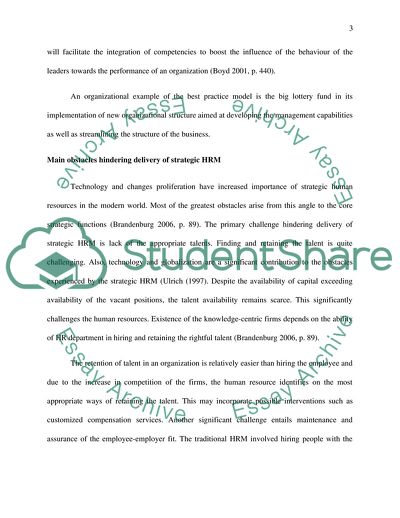Cite this document
(Strengths and Weaknesses of Best Practice Models for HRM Strategy Coursework, n.d.)
Strengths and Weaknesses of Best Practice Models for HRM Strategy Coursework. Retrieved from https://studentshare.org/human-resources/1799959-strategic-management-of-human-resources
Strengths and Weaknesses of Best Practice Models for HRM Strategy Coursework. Retrieved from https://studentshare.org/human-resources/1799959-strategic-management-of-human-resources
(Strengths and Weaknesses of Best Practice Models for HRM Strategy Coursework)
Strengths and Weaknesses of Best Practice Models for HRM Strategy Coursework. https://studentshare.org/human-resources/1799959-strategic-management-of-human-resources.
Strengths and Weaknesses of Best Practice Models for HRM Strategy Coursework. https://studentshare.org/human-resources/1799959-strategic-management-of-human-resources.
“Strengths and Weaknesses of Best Practice Models for HRM Strategy Coursework”. https://studentshare.org/human-resources/1799959-strategic-management-of-human-resources.


